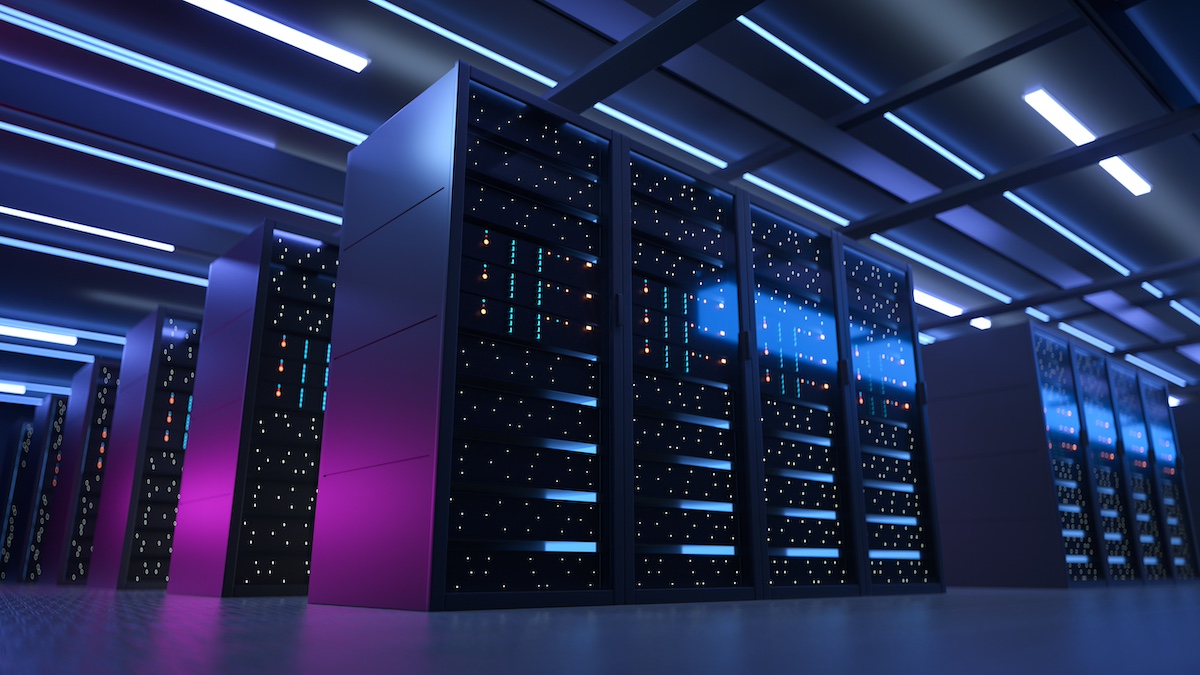Resources > Blog Post > Data Centers Evolving Landscape: Top Challenges and Opportunities
Data Centers Evolving Landscape: Top Challenges and Opportunities


In this informative Q&A Arieh Broide, who has been involved in the emerging landscape of the data center sector for over several decades, shares his perspective on the industry’s growth and challenges, plus opportunities including how Radix IoT is helping data centers be more efficient, reliable, and sustainable.
Q: The data center industry is growing at a rapid pace. Can you share what’s fueling this growth?
A: Data centers are the hidden backbone of our digital world. Think of everything we do online today…none of it would be possible without data centers, but most people don’t realize that. People talk about the cloud and imagine all that computing power to be intangible, when it’s really all coming from these physical data centers around the world. And they’re growing every day. As technology advances, the demands on data centers grow exponentially. What used to be a 1MB file limit is now 20-50MB. What used to be a simple Google search is now a much more sophisticated and data-intensive Chat GPT query. And it’s not stopping. We’re one of the fastest growing essential industries that few people really understand.
Q: Based on the overall industry landscape, what are the biggest trends and challenges you’re seeing with data centers?
A: There are many different types of data centers now to meet the growing demand—from micro and edge data centers to COLOs (colocation) and enterprise data centers. And organizations are mixing and matching these different types in creative ways.
Though regardless of what type of data center an operation is leveraging, there are specific challenges that come to mind. The first is the massive amount of consolidation happening in the industry right now and the challenges this presents in maintaining service levels to and minimizing disruptions for existing customers while meeting reporting requirements during the integration.
Data center customers rely on consistent service quality and uptime guarantees, but incompatible systems from two different data center environments can make monitoring and predictive maintenance difficult and delay data centers’ ability to leverage synergies and achieve operational efficiencies. In addition, reporting for energy use, water use, and security protocols can create headaches for the organizations, as they often find themselves doing much of the data integration manually which translates to a lot of work and costs.
The second challenge worth noting is the process of upgrading aging infrastructure to support the growing demands for digital services, higher power densities, and energy efficiency standards. When older data centers retrofit, they are operating their systems in brand new ways, which could create brand new problems. They might start seeing heat being a problem in some places they’ve never seen before and cooling or power consumption being an issue in other places. Based on the new scenarios that often take place as part of the upgrade process, it becomes even more important to ensure there is an effective means to monitor and triage issues proactively before they escalate to equipment failures or downtime.
Lastly, another big challenge, albeit more widely known, is the push towards sustainability and increased reporting requirements. Data centers are increasingly under pressure to reduce their carbon footprint and energy consumption, while meeting stringent environmental regulations and addressing community concerns regarding noise and pollution. Monitoring all these parameters and minimizing environmental and community impact will be increasingly crucial for data centers to operate in many parts of the world.
Q: What advice do you have for data center operators as they navigate these challenges?
A: Look for ways to make your monitoring systems more open and flexible. There is a lot of change and growth in the industry right now, and it’s not ending anytime soon. You have no idea the information you will need to report on in a few years, so you want to make sure you have an IoT or DCIM monitoring platform in place that can easily grow and adapt with you.
Find a platform that is open and that will seamlessly integrate with many different systems and equipment. This will make it dramatically easier to integrate sensor data during mergers or acquisitions and to see all your IoT data center information across geographies and different data center environments in one place, with a single source of the truth. It also gives you the freedom to choose the best systems for your business, such as asset management and ticketing systems, rather than having to settle for one simply because it integrates with your current platform.
If your platform is open, you get the best of both worlds—the best experts doing what they do best and an integrated monitoring system where everything is talking to each other.
Q: As a solutions consultant for Radix IoT, how have you seen the Radix IoT solution help Data Centers with these challenges?
A: Radix IoT’s powerful Mango platform seamlessly unifies data across disparate systems and locations into one place, so data centers can run more efficient and proactive operations. Radix IoT solution is a hardware- and vendor-agnostic open platform, which means it can gather and normalize data from all the different equipment, sensors, and devices across the entire data center and infrastructure ecosystem. This includes data from micro, edge, enterprise, and retail and wholesale COLO data centers. It brings all the data in, securely and in real-time, providing data center operators with the insight that allows them to be more proactive and address issues the moment they happen. And more importantly, triage problems remotely so they can maximize data uptime, minimize disasters, reduce engineering visits, and improve their operational efficiency.
Q. And why is the Radix IoT solution ideal for this fast-growing, evolving landscape?
A: Radix IoT is particularly excellent at scaling up and adapting to changes, whether that’s during an expansion, integration, or retrofits. During a merger or acquisition, Radix IoT can act as a bridge between all the different systems across both organizations’ data centers, so they have one place to monitor everything without all the extra manual work and costs. During a retrofit of aging data centers, Radix IoT works well with the systems and equipment already in place as well as newer systems, which allows operational managers to upgrade their systems and add new sensors, while also gaining one consolidated operational view. Radix IoT can bridge the different generations of installations without a costly rip and replace -- providing an ideal bridge between all your data centers today and your data centers tomorrow.
Ready to Learn More?
Leveraged by telecom, energy, datacenters and facilities’ operations worldwide – the Radix IoT platform seamlessly unifies data across pre-existing assets and systems. As a result, our customers get the real-time data insights needed to more effectively manage their operations and better protect their bottom line. We invite you to learn more – request a demo today!


